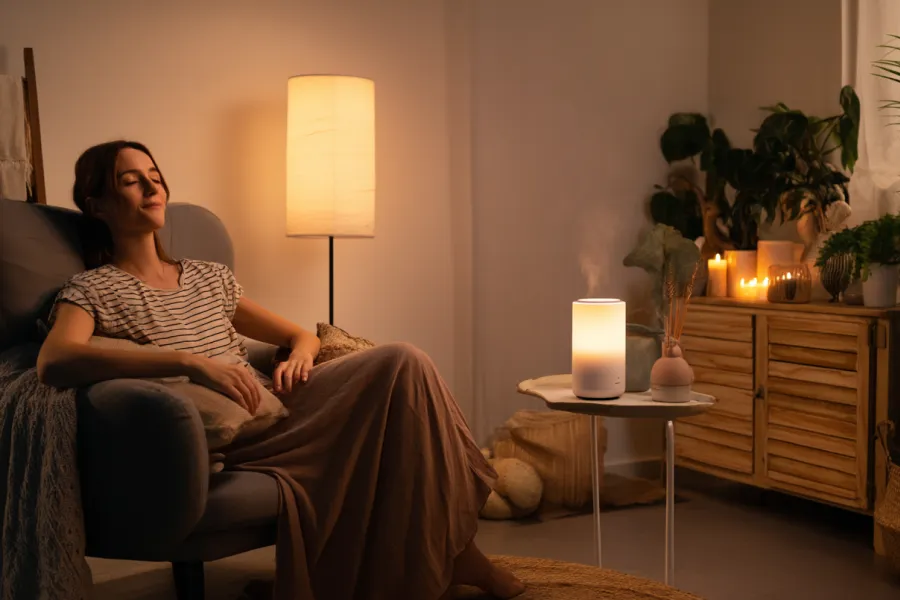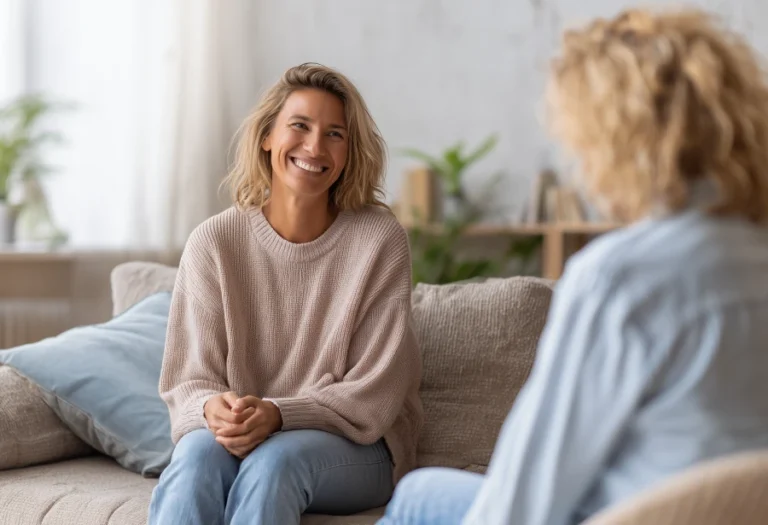Mindfulness Exercises for Anxiety That Bring Calm and Clarity

Anxiety is something nearly everyone faces at some point. Racing thoughts, restlessness, or that heavy feeling in your chest can make daily life overwhelming. Learning simple mindfulness exercises for anxiety offers a powerful way to regain balance. By focusing on the present moment, you can reduce stress, improve focus, and create more peace in your daily routine.
That’s why the Calm in the Chaos: Mindfulness Exercises to Ease Anxiety guide is such a valuable resource. It provides structured practices and simple steps that help people shift from feeling overwhelmed to feeling grounded.

Mindfulness Exercises for Anxiety with Breathing
Breath is one of the easiest and most effective tools for calming the mind. When anxiety rises, breathing often becomes shallow and fast. Learning Mindful Breathing Techniques helps regulate your nervous system, sending signals of safety to your body.
One simple method is box breathing: inhale for four counts, hold for four, exhale for four, and pause for four. Repeat several times. This practice gives your mind a rhythm to focus on while slowing your heart rate and calming stress.
Breathing techniques can be practiced anywhere—before a meeting, while commuting, or even during sleepless nights.
Mindfulness Exercises for Anxiety Through Daily Habits
Mindfulness doesn’t have to be limited to meditation sessions. Building a Daily Mindfulness Practice means integrating awareness into everyday activities. Washing dishes, drinking coffee, or walking to work can all become mindful moments.
The key is focusing fully on the task at hand—notice textures, tastes, and sounds instead of letting your mind wander. These small adjustments help create a sense of grounding, which lowers anxiety naturally throughout the day.
With consistency, mindfulness becomes less of a practice and more of a lifestyle.
Mindfulness Exercises for Anxiety with Meditation
Meditation is often misunderstood as “clearing the mind.” In reality, it’s about observing thoughts without judgment. This is especially useful for people with anxiety because it helps create distance between you and your worries.
Practicing Stress Relief Meditation allows you to notice anxious thoughts but not get caught in them. Over time, you train your brain to respond more calmly, reducing the intensity of stressful reactions.
Even five to ten minutes daily can make a noticeable difference in mood and focus.
Calm Anxiety with Mindfulness in Stressful Moments
Anxiety often appears unexpectedly—in social settings, during work deadlines, or before important decisions. Having tools you can use in the moment is vital.
Grounding techniques, such as focusing on five things you can see, four you can touch, three you can hear, two you can smell, and one you can taste, pull you back to the present. These methods, combined with practices from Calm Anxiety with Mindfulness, help stop spirals before they grow.
Mindfulness doesn’t remove stress, but it changes how you respond to it—making challenges feel more manageable.

Mindfulness Exercises for Anxiety and Natural Healing
Many people want alternatives to medication for managing stress. While medical care is important, natural approaches can complement it. Practicing ways to Ease Anxiety Naturally gives you tools you can rely on anytime, without side effects.
Journaling, yoga, and mindful walks outdoors all work as natural remedies for stress. These activities combine awareness with movement or expression, helping your body and mind release tension.
Over time, these habits improve not just emotional health but also physical well-being.
The Science Behind Mindfulness
Research consistently shows that mindfulness reduces symptoms of anxiety and depression. It works by calming the amygdala—the brain’s fear center—while strengthening areas linked to focus and emotional regulation.
Regular practice changes brain pathways, making you less reactive to stress. This explains why people who commit to mindfulness often report not only calmer moods but also better sleep, improved focus, and even healthier relationships.
The structured practices in the Calm in the Chaos Guide simplify applying these proven methods to daily life.
Why Structured Guidance Matters
Starting mindfulness on your own can feel confusing. Many beginners quit because they believe they’re doing it wrong. But mindfulness isn’t about perfection—it’s about practice.
This is why resources like the Calm in the Chaos: Mindfulness Exercises to Ease Anxiety guide are so useful. They break down mindfulness into easy steps, helping you stay consistent without overthinking.
Key benefits include:
- Clear instructions for beginners.
- Exercises designed for busy schedules.
- Practical strategies for reducing anxiety naturally.
- Support for long-term growth and resilience.
With a structured guide, you build confidence in your practice and notice results more quickly.
Incorporating Mindfulness Into Lifestyle
Mindfulness doesn’t require changing your entire routine. Instead, it fits seamlessly into your life. Setting reminders, using breathing exercises before meetings, or meditating before bed all create consistency.
Pairing mindfulness with healthy sleep habits, exercise, and balanced nutrition multiplies its benefits. It supports a lifestyle that feels calmer, more present, and less reactive to stress.
In time, mindfulness becomes a foundation for mental health—a steady anchor you can return to whenever life feels overwhelming.

Mindfulness as a Path to Self-Discovery
Beyond managing anxiety, mindfulness helps you connect with yourself on a deeper level. By slowing down, you notice patterns in your thoughts, emotions, and behaviors. This awareness helps you make better choices and build healthier relationships.
Practicing mindfulness exercises for anxiety becomes more than stress management—it’s a path to self-discovery and personal growth. With regular practice, you gain not only calmness but also clarity about what matters most in your life.









Leave a comment